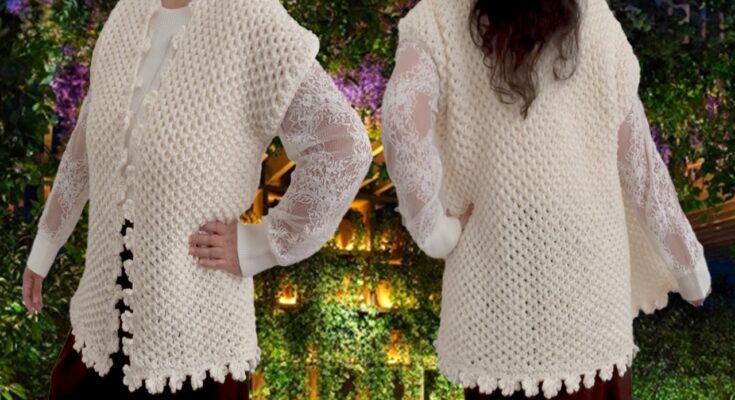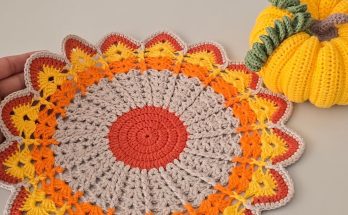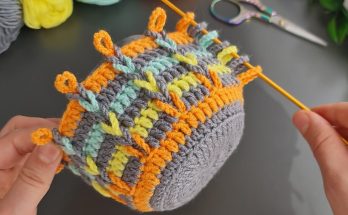Knitting your own clothing can be one of the most satisfying creative experiences. If you’re a beginner ready to take on your first wearable project, a blouse jacket is an ideal place to start. It’s a lightweight jacket that blends the structure of a blouse with the comfort of knitwear — perfect for layering over dresses, tops, or turtlenecks.
In this tutorial, we’ll walk you through everything you need to know to knit your first blouse jacket, from materials and stitch selection to shaping and finishing.
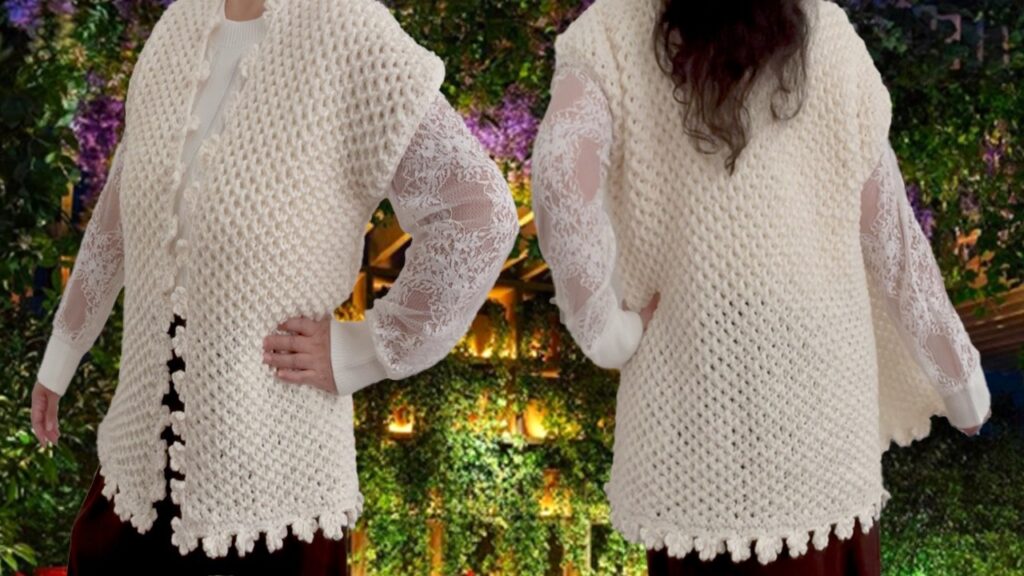
What is a Blouse Jacket?
A blouse jacket is typically:
- Light to medium weight
- Buttoned or open-front
- Features blouse-like elements (like puffed sleeves, soft collars, or delicate stitchwork)
- Usually knitted with soft yarns such as cotton, merino wool, or a blend
This project can be dressed up or down, making it a staple in any wardrobe.
Materials You’ll Need
Before you start, gather these essential materials:
- Yarn: DK (Double Knitting) or light worsted weight yarn is beginner-friendly. Cotton or a cotton blend works well for structure and comfort.
- Knitting needles: Circular needles (size 4 mm–5 mm) depending on your yarn; circulars help support the weight of the jacket.
- Tapestry needle: For weaving in ends.
- Stitch markers: To mark increases or armholes.
- Measuring tape
- Buttons (optional): For closure.
- Pattern (optional but recommended): Choose a simple blouse jacket pattern labeled as “easy” or “beginner.”
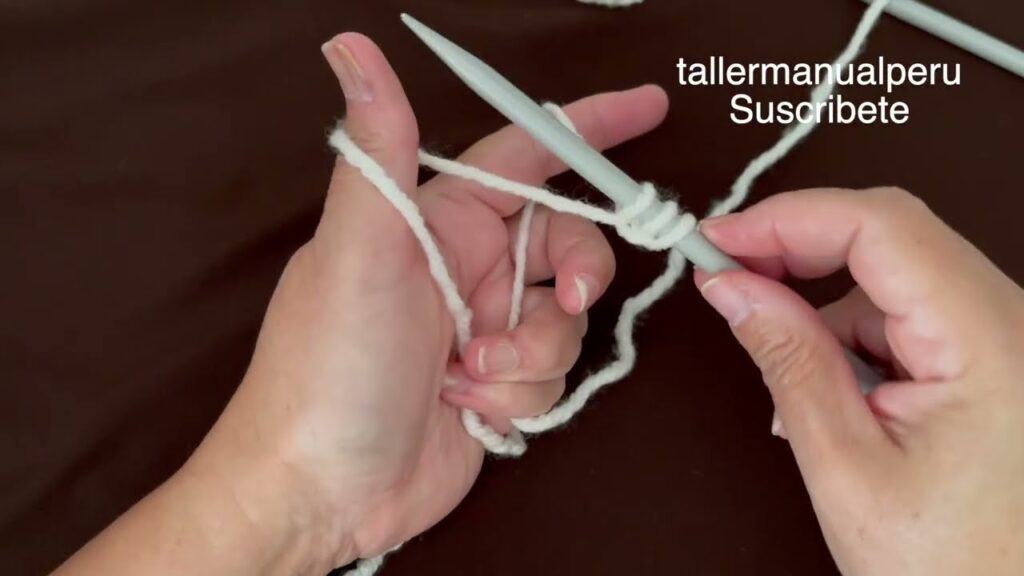
Step-by-Step Guide
Step 1: Swatch and Gauge
Before you begin, knit a swatch (e.g., 4″x4″) to determine if your gauge (stitches per inch) matches the pattern. This ensures your blouse jacket will fit as intended.
Example Gauge:
20 stitches x 28 rows = 4″ (10 cm) in stockinette stitch using 4 mm needles.
Step 2: Back Panel
- Cast on the number of stitches based on your desired size and gauge.
- Work in stockinette stitch (knit on the right side, purl on the wrong) until the piece measures from the hem to the underarm (typically 14–16 inches).
- Shape the armholes by binding off a few stitches at the beginning of the next two rows.
- Continue knitting straight until you reach shoulder height (around 22 inches total).
- Bind off all stitches or shape shoulder slants and neckline if preferred.
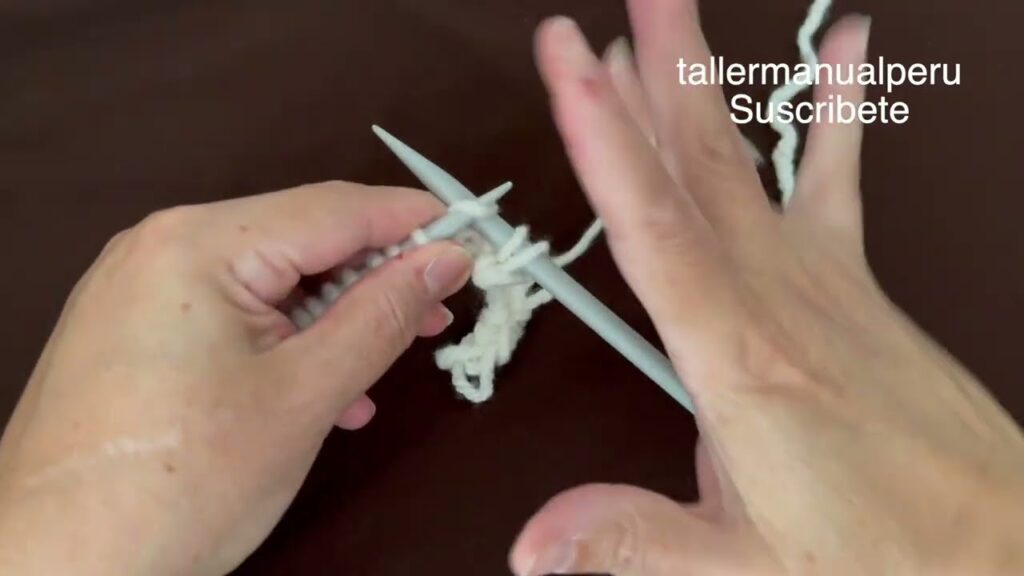
Step 3: Front Panels (Left and Right)
- Cast on fewer stitches than the back — typically half plus seam allowance.
- Work as you did for the back.
- Add a button band edge if desired (knit 5–6 stitches in garter stitch at the edge).
- Shape the neckline gradually by binding off a few stitches or using decreases.
- Mirror the decreases for the opposite front panel.
Step 4: Sleeves
- Cast on stitches for the sleeve cuff (e.g., 40–50 stitches).
- Work in ribbing (k1, p1) for 1.5–2 inches.
- Switch to stockinette stitch and increase evenly along the sleeve every few rows to shape the sleeve.
- Knit until the sleeve measures about 18–20 inches.
- Bind off or shape the sleeve cap if sewing set-in sleeves.
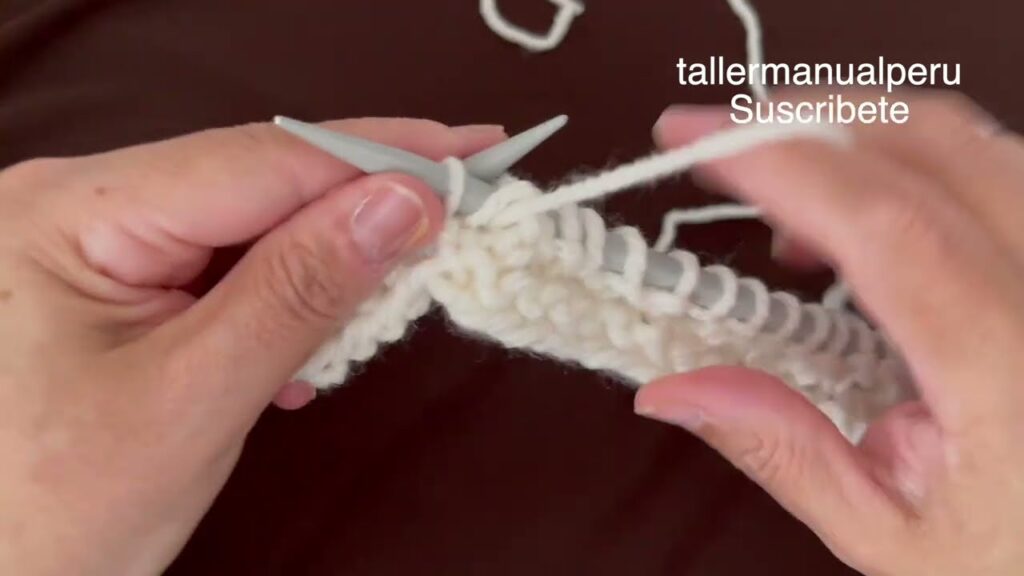
Step 5: Assembly
- Block all pieces (optional but highly recommended) by dampening and shaping them to size.
- Sew shoulder seams together.
- Attach the sleeves to the body.
- Sew side and sleeve seams.
- Add button bands or collar if included in your design.
- Weave in all ends neatly.
Optional Embellishments
- Lace panels: Knit a lace motif into the front or back.
- Colorwork: Add stripes or blocks of color.
- Embroidery: Simple floral or geometric patterns on sleeves.
- Frills: Knit a ruffled edge on cuffs or hem.
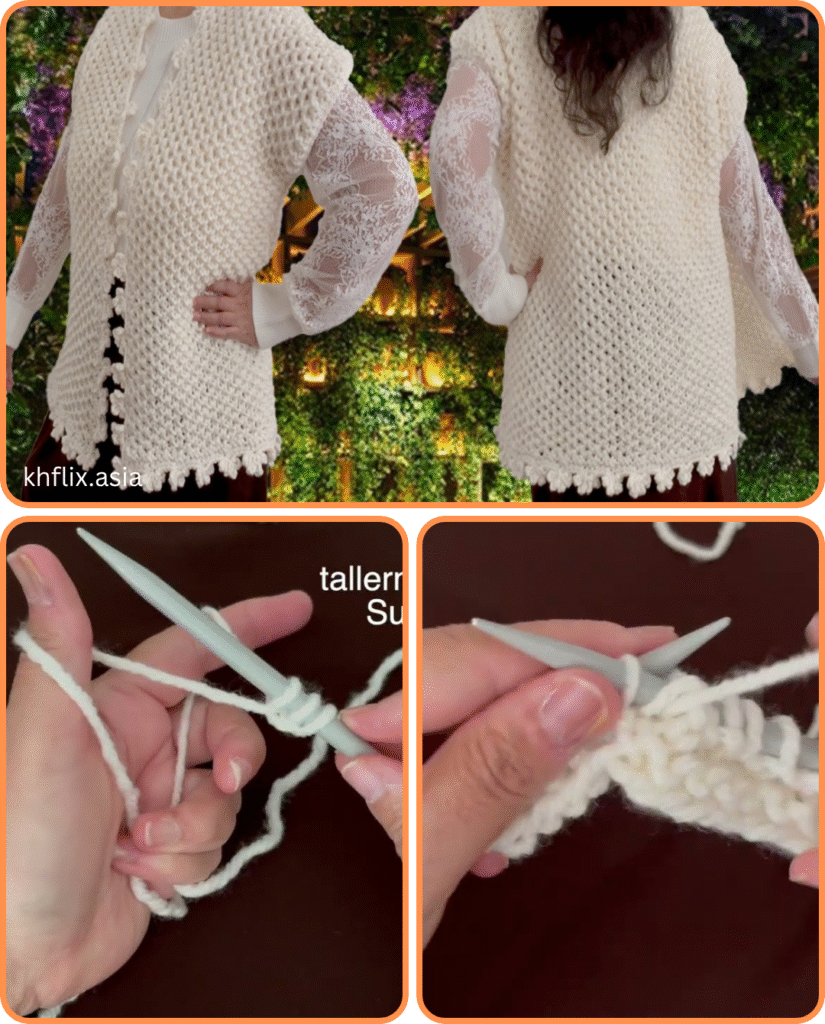
Tips for Beginners
- Choose a simple pattern: Look for a raglan or drop shoulder design.
- Use stitch markers generously** to keep track of increases or pattern changes.
- Watch video tutorials on YouTube for seaming techniques or difficult stitches.
- Join a knitting community like Ravelry to find support and pattern recommendations.
Recommended Patterns for Beginners
- “Simple Blouse Jacket” by Drops Design (free)
- “Featherweight Cardigan” by Hannah Fettig (minimalist, lightweight)
- “Everyday Blouse” by Purl Soho (great for cotton blends)
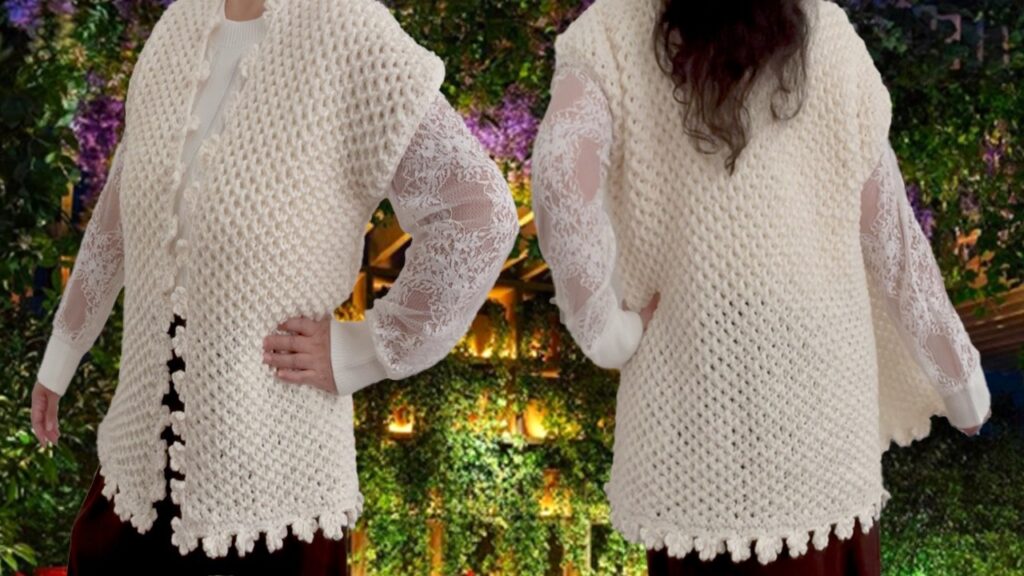
Conclusion
Knitting a blouse jacket may seem like a big leap from scarves or dishcloths, but it’s entirely achievable with a little patience and a good beginner-friendly pattern. Once you finish your first piece, you’ll not only have a beautiful garment — you’ll also have gained the confidence to tackle more complex knits.
So grab your yarn and needles — your new favorite layering piece is just a few stitches away!
Video tutorial:
